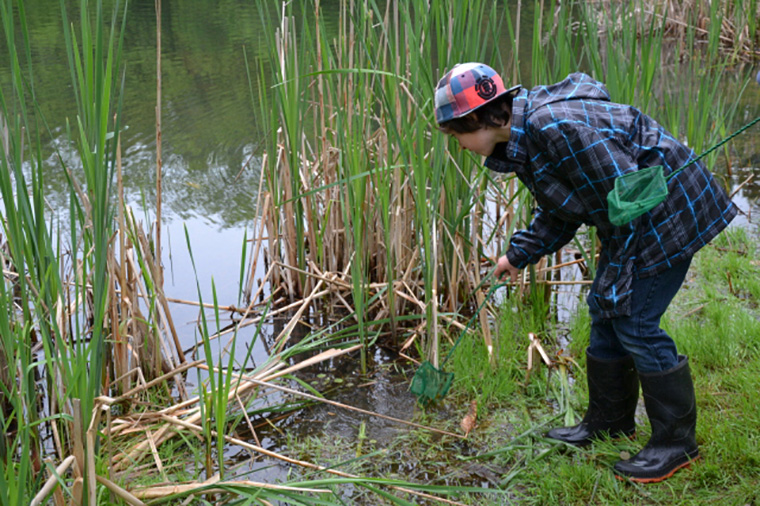
What can happen when a golf course changes its game?
We humans are an ever-expanding species. Our demand for living space, close-to-home convenience, and things that are cheap and fast all have a negative impact on our environment. The result? Pollution, habitat loss, and displaced wildlife.
With the human population increasing and fewer natural spaces, can we still make room for woods, water, and wildlife? Urban sprawl often has us treating wildlife as pests, without regard for their need for space.
What can golf courses do?
A golf course, by its nature, is largely an expanse of shortly trimmed lawn that lacks in wildlife potential and is looked upon by most conservationists as a desert. However, almost all golf courses also have areas of rough grassland that are not intensively managed and may even be out of bounds to players. These spaces can be managed to protect wetlands, wildflower meadows, or woodlands, all of which can be home to fish and wildlife.
Ponds and lakes do well on golf courses, and so long as care is taken to prevent nutrients from leaching into the water, they can provide great benefits for biodiversity. Ponds can be used to store water for times of drought or hold water to “slow the flow” to prevent flooding elsewhere.
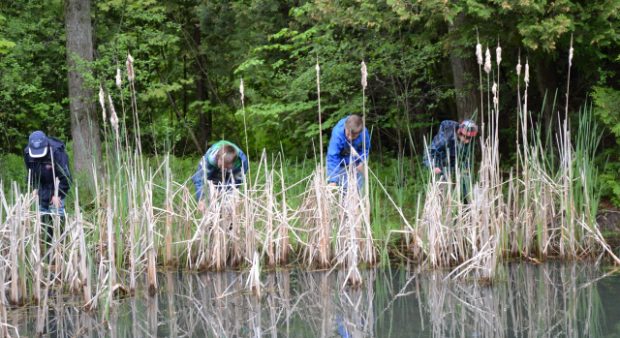
Trees have an aesthetic and amenity value. They help shield golfers from wind and can also provide habitat for a whole range of plants and animals.
As development edges ever closer to the Greenbelt, golf courses in Ontario can be part of the solution for preserving green space and protecting natural areas.
Conservation the Royal Ashburn way
Back in 2008, one such golf course, Royal Ashburn, put a conservation initiative in place. The course is located just north of Whitby, Ontario, and sits on the fringe of the Oak Ridges Moraine, which is a naturally protected green space. Royal Ashburn has been environmentally enhanced by the construction of a wetland encompassing approximately 20 acres, that are home to an abundance of native flora and fauna.
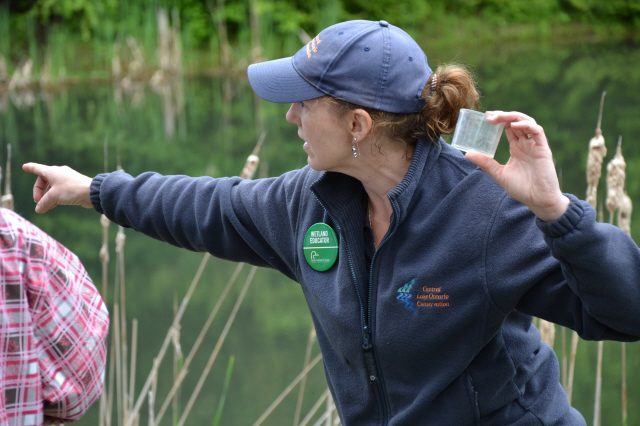
The wetland, made up of three connected cells, is located in a natural watershed on the golf course and is maintained by an artesian well that can control the depth of water in each cell, with Agri-Drain water control structures. This ensures an ideal habitat for aquatic species such as fish, wild rice, frogs, ducks, geese, and more.
David Paterson, owner of Royal Ashburn, described the motivation for making the improvements. “It’s important to our family to give back to nature and to the community,” he said.
Charity with Ashburn
With support from its partners, the Ontario Federation of Anglers and Hunters, Ducks Unlimited Canada, and Central Lake Ontario Conservation Authority, Royal Ashburn has held an annual charity golf event that raises money to send school children on day-long field trips to a working wetland. To date, the charity event has raised over a quarter million dollars and has provided well over 100 field trips. Proceeds have also supported a number of great community conservation initiatives. “As partners, we are all proud of these accomplishments. They demonstrate a strong sense of community and willingness to support conservation.”
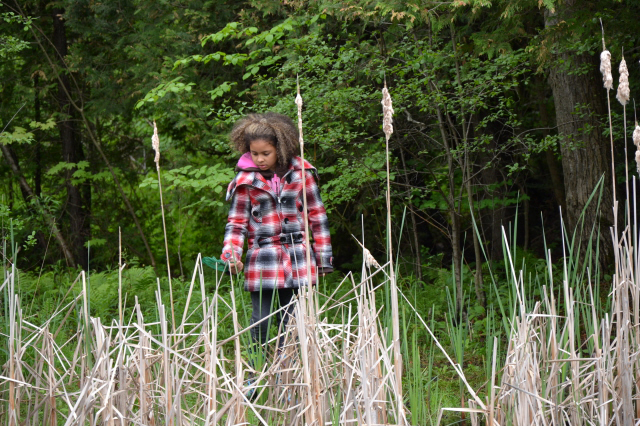
“The Royal Ashburn wetland project is maintaining and enhancing our current 10% cover in the Lynde Creek watershed which improves the water quality for the communities downstream and helps protect the redside dace, a provincially designated threatened species in the Lynde watershed,” noted Paterson.
Not only do wetlands protect valuable areas for fish and waterfowl, they have also expanded large areas to suit needs of larger wildlife, like deer and wild turkey.
The benefits of a natural environment
I am in no way a very good golfer, but I do enjoy the game, as does my nine-year-old daughter…but a big part of the enjoyment we get out of golf is a chance to see wildlife in a natural environment.
Humans also benefit from a natural environment. Turf can improve the air we breathe as it takes carbon dioxide from the air and releases the oxygen we need. A landscape of turf, trees, and shrubs about 2,000 square feet in size generates enough oxygen for one person for one year.
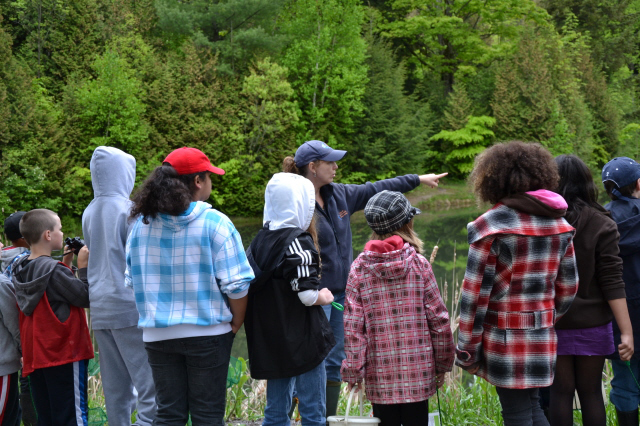
In addition to benefits from exercise, research has shown that looking at a pleasant outdoor view, such as a golf course, can be healthy. In one study, hospital patients recovered faster when they had a view of turf, trees, and open spaces. In another study, employees of businesses with well-designed landscaping and well-maintained turf had a more positive job attitude.
Imagine a place that makes people happy and supports wildlife conservation.
There are over 100 golf courses within a one-hour drive of Toronto. Just imagine the benefits for wildlife in urban areas if the efforts at Royal Ashburn were implemented by every course.


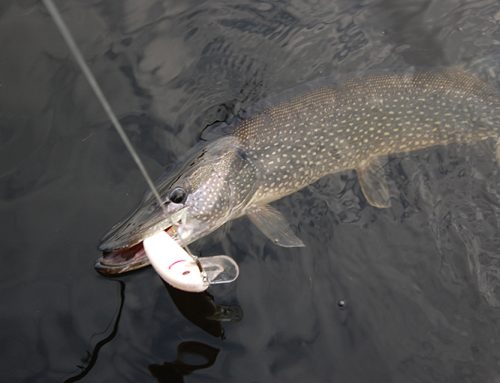


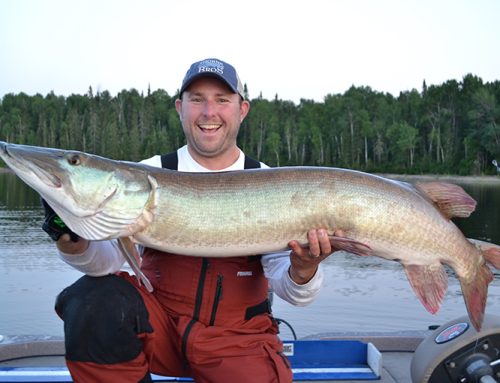
Leave A Comment